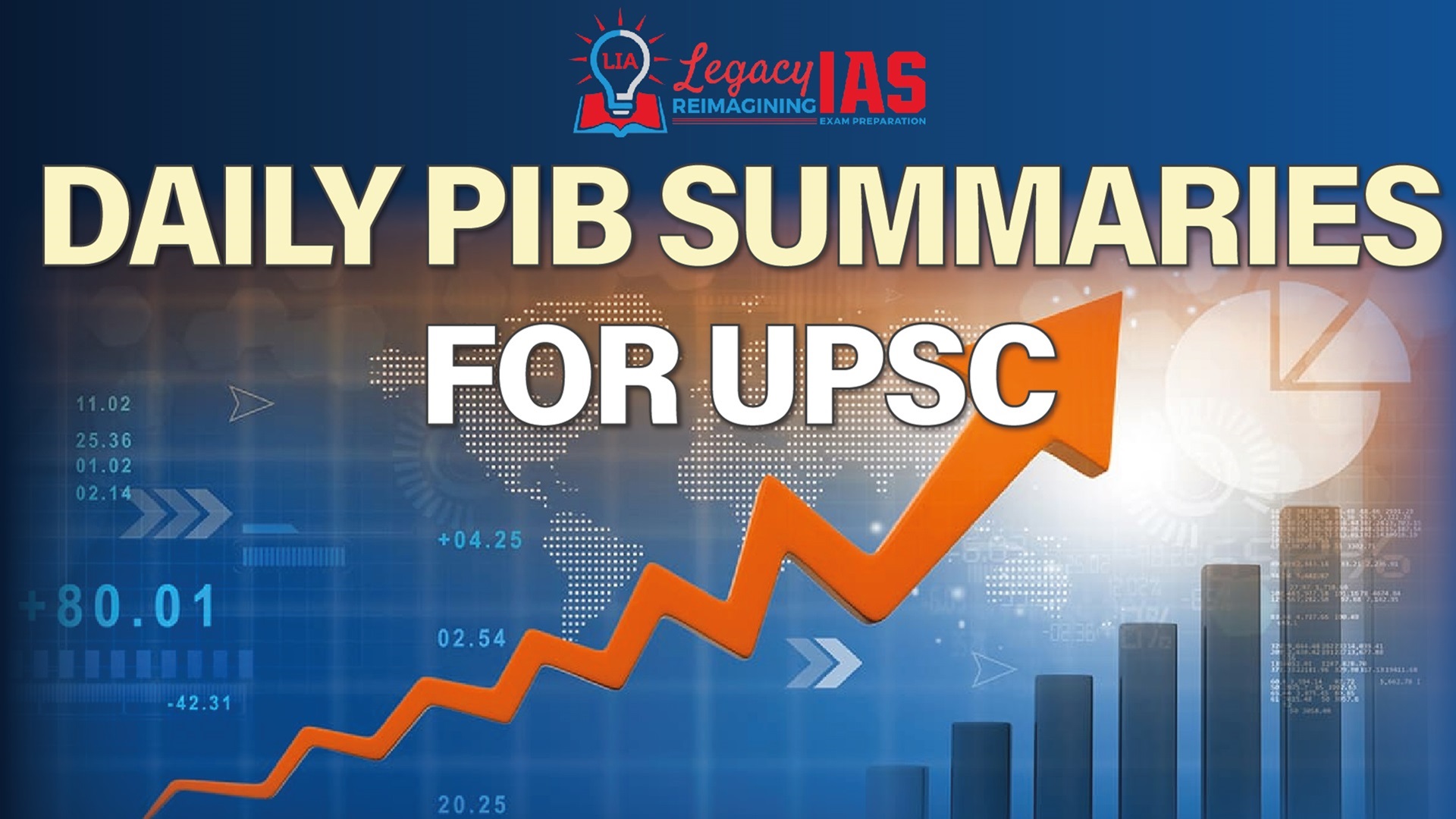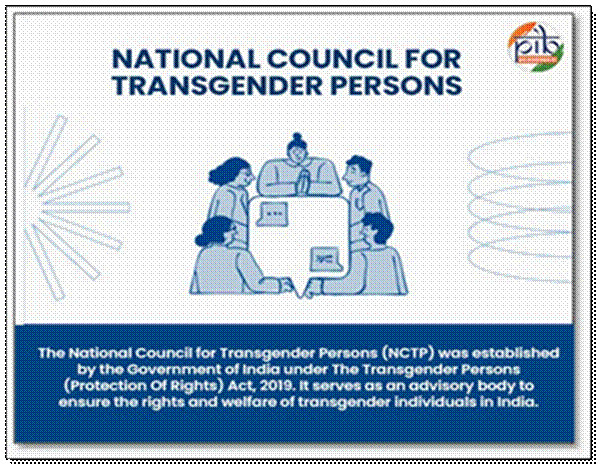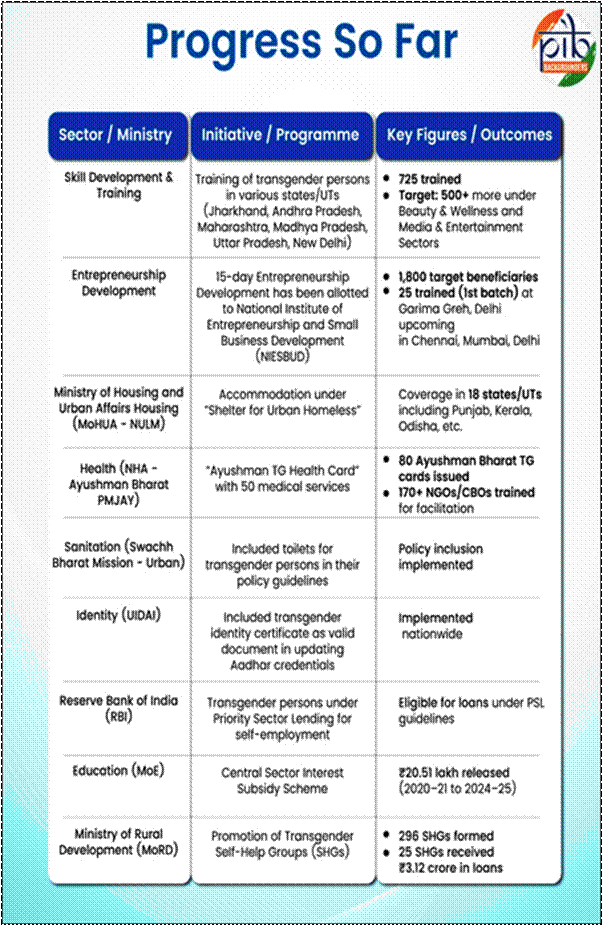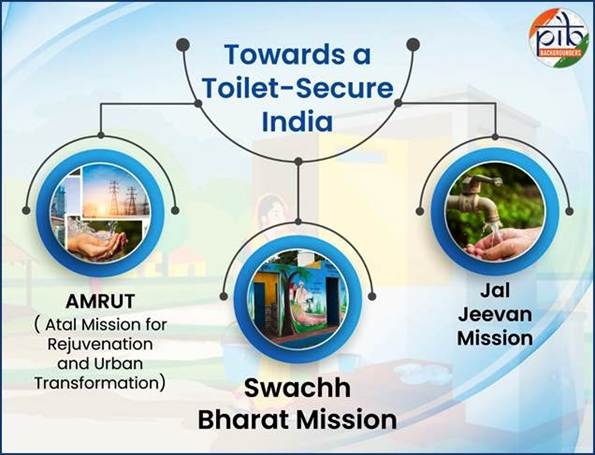Published on Nov 20, 2025
Daily PIB Summaries
PIB Summaries 20 November 2025

Content
- Rights of Transgender Persons in India
- Waste to Wellness: India’s Sanitation Journey
Rights of Transgender Persons in India
Why in News ?
- Recent PIB release highlighted government measures to protect and empower transgender persons in India.
- Updates include the SMILE scheme, Garima Greh shelters, National Portal facilitation, and reconstitution of the National Council for Transgender Persons.
- Emphasis on mainstreaming transgender persons through legal recognition, welfare, and employment opportunities.


Who Are Transgender Persons?
- Persons whose gender identity or expression differs from the sex assigned at birth.
- Includes trans-men, trans-women, intersex, and genderqueer individuals.
- Census 2011 recorded ~4.87 lakh individuals under “other” gender category in India.
Key Legal Milestones
- NALSA v. Union of India (2014)
- Supreme Court recognized transgender persons as a “third gender.”
- Affirmed right to self-identify and constitutional protections under Articles 14, 15, 16, 19, 21.
- Transgender Persons (Protection of Rights) Act, 2019
- Enforced 10 Jan 2020.
- Provisions:
- Legal recognition & self-perceived identity.
- Ban on discrimination in education, employment, healthcare, public services, residence.
- Welfare measures, skill development, health coverage.
- Complaint mechanisms and penalties for violations.
- Transgender Persons (Protection of Rights) Rules, 2020
- Mandates States to establish:
- Transgender Protection Cells (monitor offenses, ensure FIR registration, sensitization programs).
- Transgender Welfare Boards (TWBs) to facilitate access to welfare measures.
- 20 Protection Cells and 25 TWBs already operational.
- Mandates States to establish:
Government Initiatives
- National Council for Transgender Persons
- Statutory body under Ministry of Social Justice and Empowerment.
- Functions:
- Policy advice, monitoring, coordination of programs.
- Grievance redressal and evaluation of welfare schemes.
- Includes 5 representatives from the transgender community.
- SMILE Scheme (2022)
- Aims at holistic rehabilitation and empowerment.
- Focus Areas:
- Skill development & employment.
- Education & scholarships.
- Health coverage through Ayushman Bharat TG Plus (₹5 lakh/year/person for gender-affirming care, SRS, hormone therapy, counseling).
- Safe shelters via Garima Greh (21 operational, 3 recently sanctioned).
- Constitutional grounding: Articles 14, 15, 21.
- National Portal for Transgender Persons
- Launched 25 Nov 2020; multilingual digital access.
- Online issuance of Transgender Certificate; facilitates access to schemes without physical office visits.
Constitutional & Human Rights Dimensions
- Equality (Art. 14): Equal treatment before law.
- Non-discrimination (Art. 15): Explicit protection against gender-based discrimination.
- Freedom of expression (Art. 19): Includes gender identity.
- Right to life & dignity (Art. 21): Health, shelter, education, and social inclusion.
Comprehensive Overview
- India has shifted from recognition in NALSA (2014) to systemic support via laws, policies, and schemes.
- Key achievements:
- Legal recognition of self-identified gender.
- Institutional mechanisms (National Council, TWBs, Protection Cells).
- Social welfare & livelihood schemes (SMILE, Garima Greh).
- Digital accessibility (National Portal) for certification & benefits.
- Gaps & Challenges:
- Awareness and societal stigma remain major barriers.
- Implementation varies across states; some TWBs and Protection Cells are yet to be fully functional.
- Employment and education opportunities still limited despite legal guarantees.
Significance
- Reflects India’s commitment to inclusivity, constitutional morality, and human rights.
- Promotes mainstreaming of marginalized communities while providing legal safeguards.
- Strengthens India’s position in international human rights frameworks on gender identity.
Waste to Wellness: India’s Sanitation Journey
Why in News ?
- PIB release on 19 Nov 2025 highlighted India’s progress in sanitation as part of World Toilet Day observance.
- Key highlights:
- ODF Plus villages reached 5,67,708 (467% growth).
- 4,692 cities have ODF status.
- Shift from open defecation elimination to sustainable sanitation systems (ODF Plus, ODF++).
Sanitation and Its Importance
- Safe sanitation ensures:
- Public health and reduction of waterborne diseases.
- Environmental sustainability and cleaner groundwater.
- Women’s safety, privacy, and dignity.
- Better educational and productivity outcomes.
- Global context: Linked to SDG 6 – Clean Water and Sanitation (universal access by 2030).

World Toilet Day
- Observed 19 November annually.
- UN-designated since 2013.
- Raises awareness on sanitation as a human right and public health priority.
Swachh Bharat Mission (SBM)
- Launch: 2 October 2014
- Objective: Eliminate open defecation and improve solid/liquid waste management.
- Components: SBM-Gramin (rural) and SBM-Urban (cities/towns).
- Key Achievements:
- Rural ODF: Declared in 2019.
- Health Gains: WHO estimates ~300,000 fewer diarrheal deaths (2019 vs 2014).
- Economic Savings: ₹50,000 per household annually from reduced health costs.
- Women’s Safety: 93% reported feeling safer at home.
- Environmental Protection: Reduced groundwater pollution.
- Phase II (2020 onwards)
- Objective: Sustain ODF outcomes; achieve ODF Plus villages with solid and liquid waste management and visual cleanliness.
- Levels of ODF Plus:
- Aspiring: ODF sustained + either solid or liquid waste management.
- Rising: ODF sustained + both solid & liquid waste management.
- Model: ODF sustained + both SWM & LWM + visual cleanliness + IEC messaging.
- ODF++: Fully functional toilets + safe faecal sludge and sewage management.
Current Status (as of Nov 2025)
- Rural:
- ODF Plus villages: 5,67,708 (467% growth from Dec 2022)
- ODF Plus Model Villages: 4,85,818
- Urban:
- ODF cities: 4,692
- ODF+ cities: 4,314
- ODF++ cities: 1,973
- Construction Targets Achieved:
- Individual Household Latrines: 108.62% (63.74 lakh constructed)
- Community/Public Toilets: 125.46% (6.38 lakh constructed)
Complementary Initiatives
- AMRUT (2015 / AMRUT 2.0 – 2021)
- Focus: Urban sewerage, drainage, and basic infrastructure.
- Achievements:
- 890 sewerage/septage projects worth ₹34,447 crore.
- 4,622 MLD sewage treatment capacity added (1,437 MLD for recycle/reuse).
- State/UT projects: 586 worth ₹68,461.78 crore; 6,964 MLD STP capacity approved.
- Jal Jeevan Mission (2019)
- Ensures safe drinking water and maintenance of ODF villages.
- Strengthens sanitation outcomes in rural areas.
Significance
- Demonstrates India’s transformation from access-based sanitation to sustainable, holistic hygiene systems.
- Promotes:
- Public health
- Environmental protection
- Gender safety and dignity
- Community participation and behavioral change
- Aligns with global SDG targets, positioning India as a model for large-scale sanitation reform.
Conclusion
India’s sanitation journey showcases:
- Infrastructure + Behavior Change + Policy Integration.
- Shift from ODF → ODF Plus → ODF++, emphasizing sustainability and dignity.
- Integrated approach via SBM, AMRUT, and Jal Jeevan Mission ensures holistic development and strengthens public health resilience.
